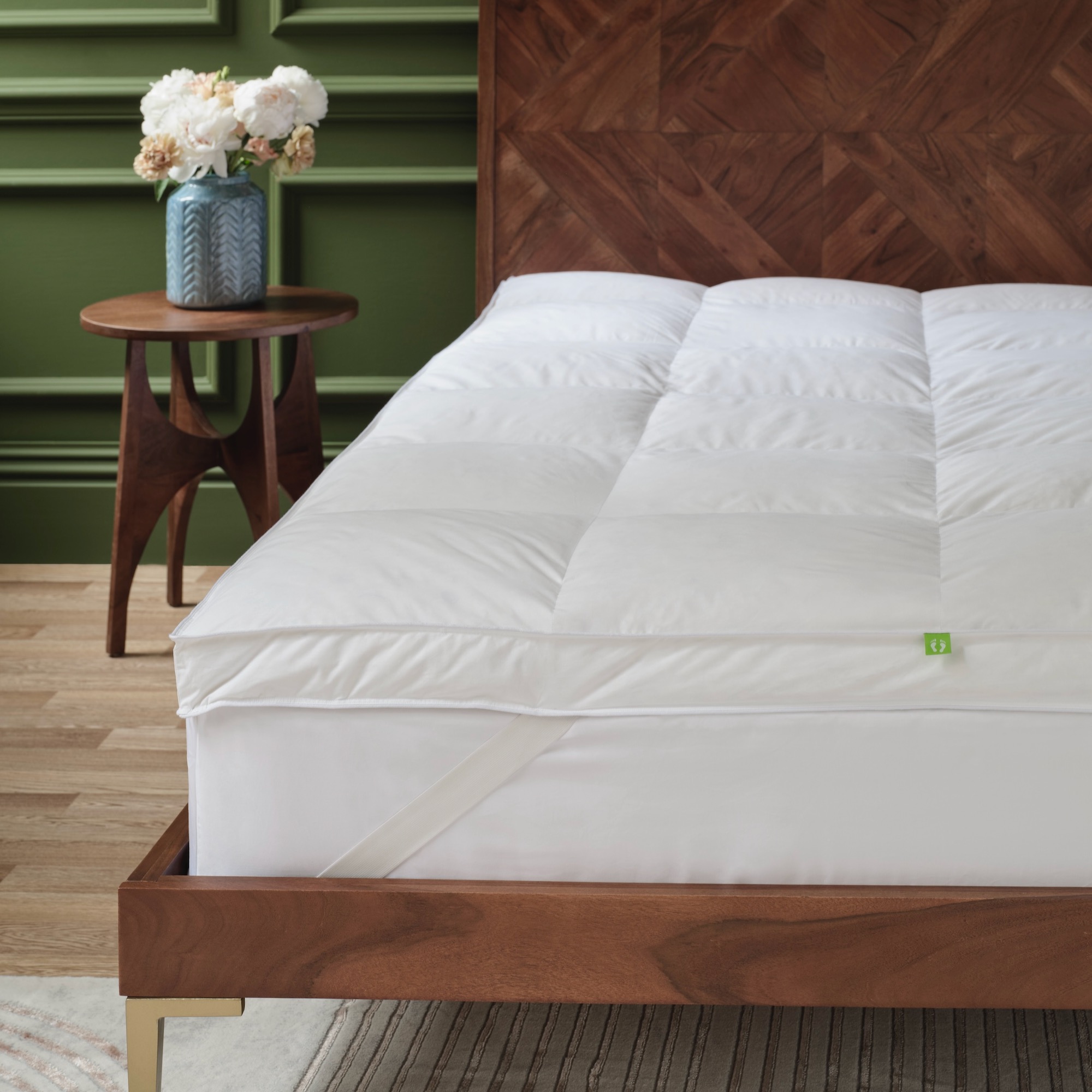
The old adage is ‘you get what you pay for’. But if we’re being really honest, is an expensive mattress topper worth handing over hundreds of pounds for? Could a budget topper be as good an option, or does your bed need one at all?
Looking at our own best mattress topper round-up, our top-performing Simba hybrid mattress topper retails at £379 for a double, while the 4.5-star rated Panda and Woolroom toppers with natural fillings retail at £139.95 and £229.99 respectively. The cheapest to make the cut was a Silentnight Airmax hollowfibre topper with an RRP of £55, which our reviewer praised for its ability to make a firm mattress feel softer, but which didn’t create extra support.
That would suggest that the price you pay can affect the performance of your mattress topper. But is it that simple? We’ve spoken to several bedding experts, who explain what affects the price of a mattress topper, and whether it’s worth spending or saving depending on your personal circumstances.
Do I even need a mattress topper?
Before we get into what to spend on a mattress topper, it’s worth addressing whether you even need a mattress topper.
'There are three main reasons you may want to invest in a topper. Firstly, if your mattress is getting old and is sadly not what it once was, then a topper can help rejuvenate by adding a new layer of cushioning,' say Emily and Jonathan Attwood, founders of Scooms. Remember that, although it can improve an old mattress, it won't fix any underlying structural issues caused by a really old or damaged mattress, in which case you'll need to buy a new one.'
'Secondly, if you're looking to dial up your bedtime to a new level of luxury, then sinking into a luxuriously soft topper can be the ultimate indulgence that can add to your sleep quality. Finally, if you have an orthopaedic need that's not being met by your mattress, then a topper may just help. Back-related issues are common and if you are a sufferer, then a specialist topper could just be the thing to alleviate your discomfort during the night.'
‘If you are getting good quality sleep and feeling comfortable in bed on your mattress alone, it may not be necessary to buy a topper,’ says Paul Solly, chief commercial officer at Dreams. ‘Mattress toppers are usually recommended to people who are not having comfortable and restful sleep with their mattress – it all depends on the individual’s sleep needs. Although toppers can be a great addition, the first step is to pick the right mattress for you and your needs. If you get that right, you might not need a topper.’
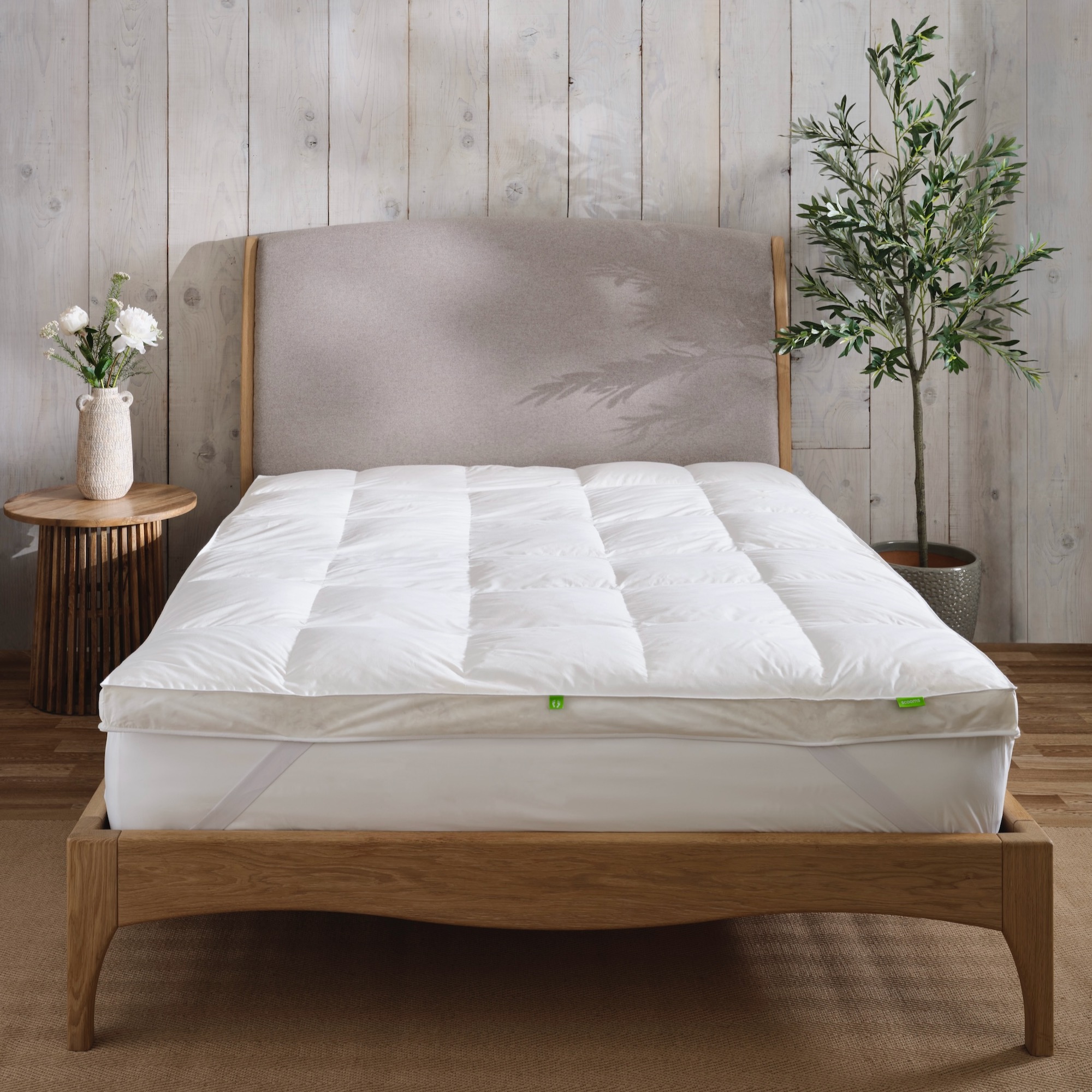
‘If you're struggling to get a good night's sleep, your mattress might be the issue. But before you invest in a new one, think about trying a mattress topper,’ says Catherine Morris, managing director at Tielle Love Luxury. ‘It could be the game-changer you need, adding that extra touch of softness, support, or coolness for a better night's rest.
‘If your mattress is too firm, a soft mattress topper can be the answer, cradling your body and easing those pressure points. If it's too soft, a firmer topper can give you the support you need,’ Catherine adds. ‘And for those of you who get very warm in bed, a topper made of breathable materials like cotton or feather and down can keep you cool and comfortable all through the night.’
What can affect the difference in price between mattress toppers?
There are a few main elements that will affect the price of the topper you choose – so considering these before you shop is important. It can also be a great way to spot a bargain.
1. Core materials
‘The cost of a mattress topper can vary greatly depending on the material it's made from,’ says Catherine Morris. ‘Memory foam toppers are usually the most expensive, followed by latex toppers. Down and feather toppers and microfibre toppers are typically the most affordable.’
Emma Beck, buying and merchandising manager at Bensons for Beds, goes into more detail. ‘Polyester blend toppers are light and airy, and relatively inexpensive to produce,’ she says. ‘But while the support levels of a hollow fibre topper are good, polyester is known to flatten quicker than other topper fillings, therefore reducing the support levels.’
‘Memory foam toppers are a popular choice, due to the pressure relieving and motion-isolating properties, but they do have a tendency to retain heat,’ Emma continues. ‘Memory foam is an expensive component to produce, and is reflected in the retail price, however, the benefits of memory foam are seen to outweigh the cost.’
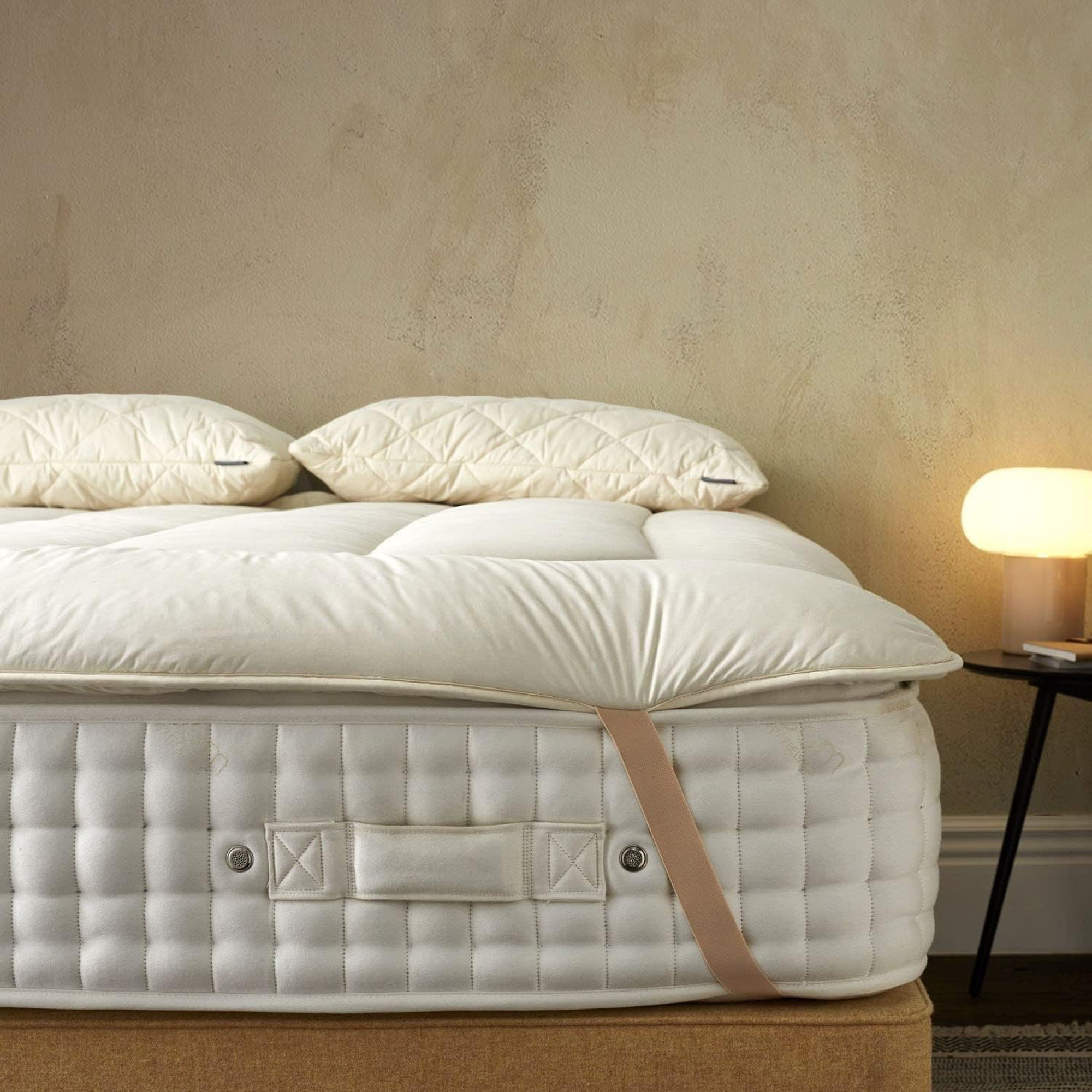
‘Natural latex mattress toppers provide excellent support, and durability and have excellent hypoallergenic properties. However, like memory foam, these types of toppers come at a premium as natural latex also known as natural rubber is a product of the rubber tree, which are in high demand in many industries.’
‘Feather and down mattress toppers are notorious for their super soft qualities and sumptuous cloud-like nature, plus provide good temperature regulation,’ Emma adds. ‘Feathers can be delicate and may flatten and lose their loft over time making them less durable than memory foam or latex. The type of feather and down used can affect the price point; duck feathers are much less expensive can premium goose ones.’
‘Finally, wool is a great choice for mattress toppers because it works well in both hot and cold weather. It’s soft and sumptuous and very durable compared to other toppers on the market. Even though they can be expensive, wool is a good option if you want to spend more on quality,’ Emma concludes.
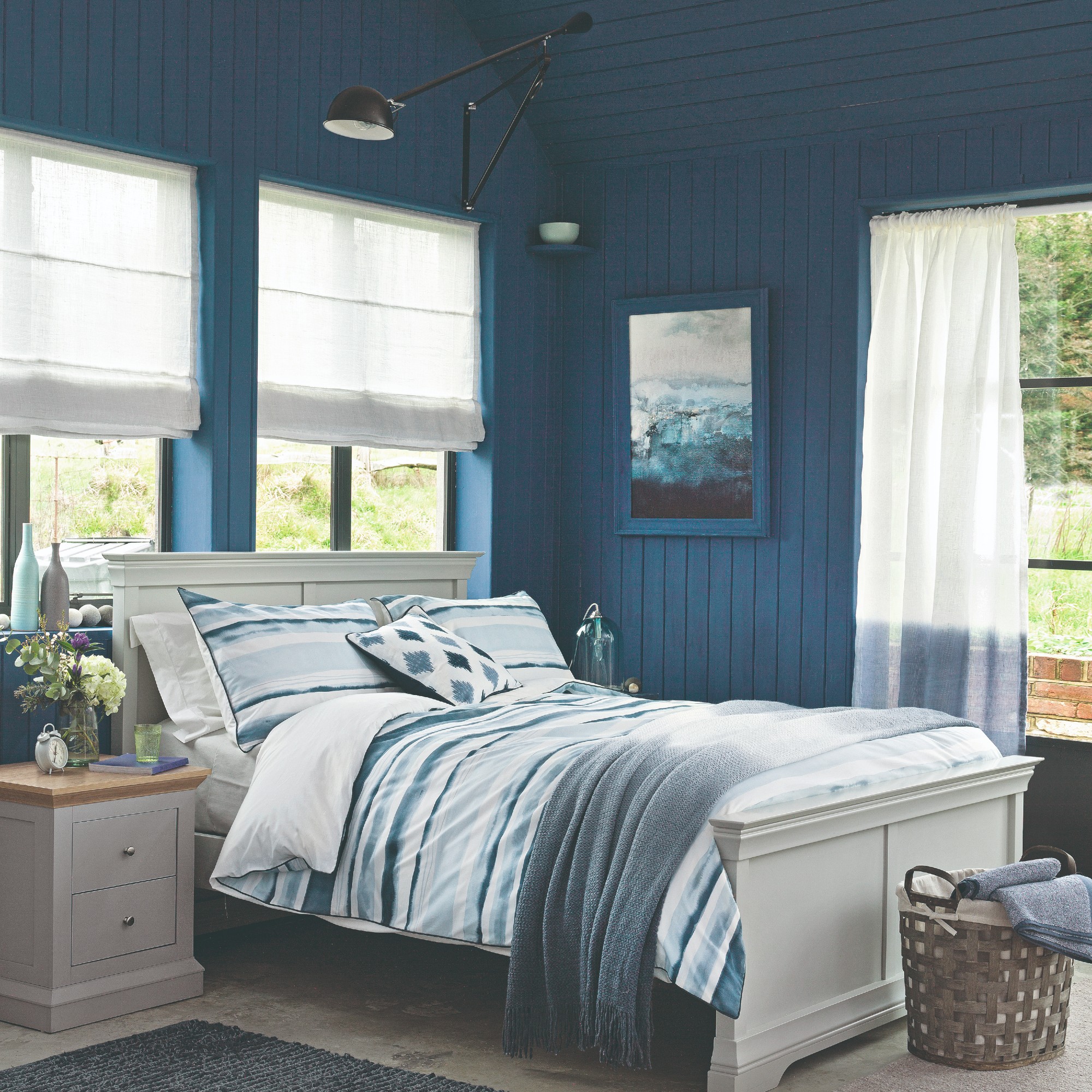
2. Technology that caters to specific sleep needs
Aside from the core mattress topper materials, there may be other features of the construction that will impact the price and performance of your topper.
‘It is dependent on what you want from your topper, but those with hypoallergenic and cooling properties are likely to be priced higher than most due to the specific needs they cater to,’ says Paul.
‘Temperature regulating gel infused foams, cool-to-the-touch fabrics, breathable fillings, motion absorption layers and body responsive springs can ultimately raise the cost of a mattress topper but the benefits can be worth the cost,’ agrees Emma Beck.
3. Size
‘The size of the mattress topper will obviously affect the price,’ says Catherine. ‘Toppers for larger beds, such as king and super-king beds will be more expensive than toppers for smaller single or double beds.’
To give an idea of the cost difference, Ideal Home's favourite Simba Hybrid topper retails for £299 for a single, £379 for a double, £429 for a king and £519 for a super king. Because hybrid mattress are a costly production, that price difference is more exaggerated than for say, a feather and down topper. Our pick in that category, the Marks & Spencer goose feather and down mattress topper, costs £125 for a single, £170 for a double and £185 for a king size.
4. Thickness
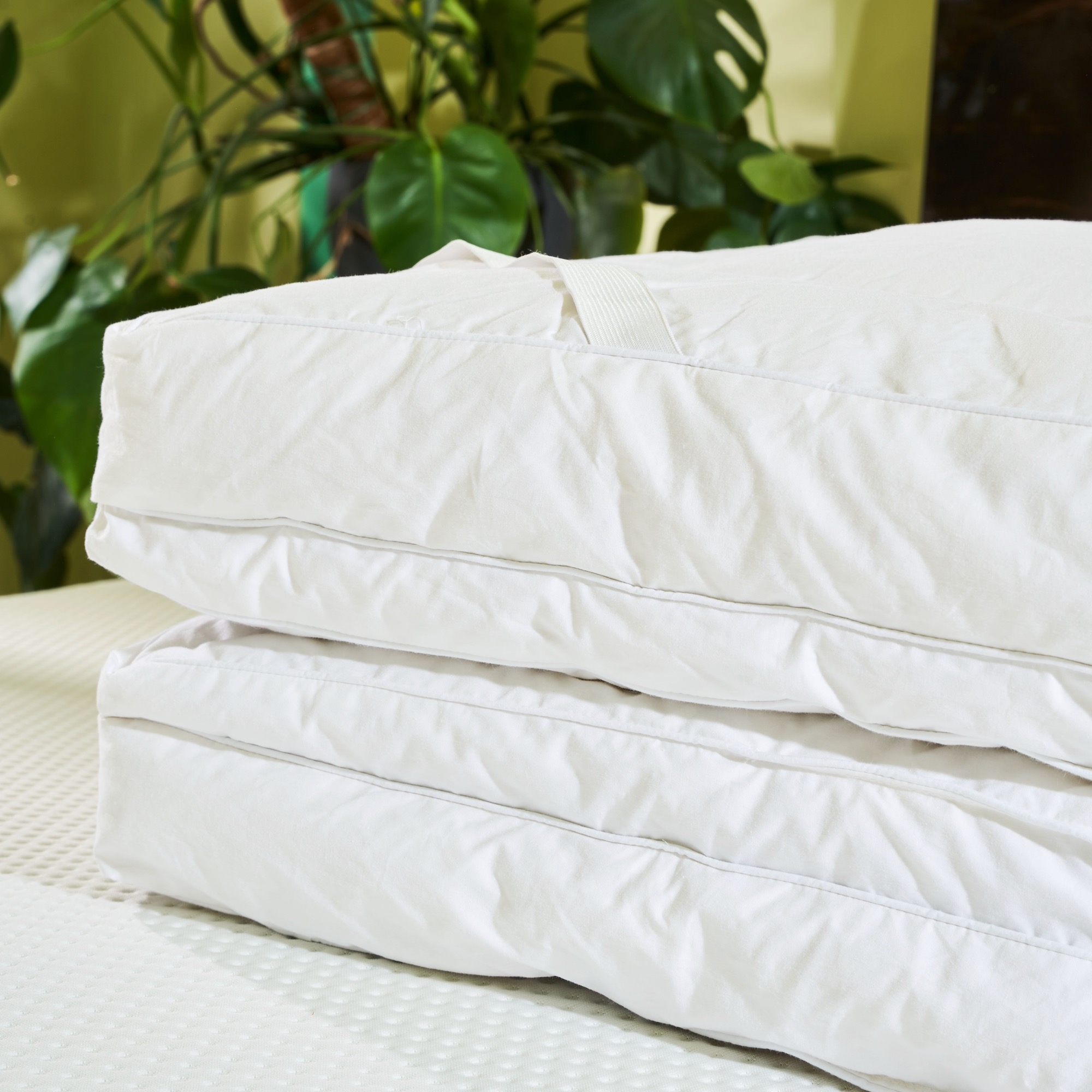
'When shopping for a mattress topper always be mindful of thickness as it equals more fillings, which in turn can offer more support and comfort,' says Emma. 'These loftier toppers do come at a price, but if you need to rejuvenate your existing mattress they are well worth the extra spend.'
While the thickness of a topper will have a lot to do with its construction, in some cases, thickness will have a direct impact on price. A good example is the Silentnight Airmax topper we mentioned earlier. This hollowfibre design is available in various depths – the Airmax 800 is 8cm deep and has an RRP of from £32 for a single. The Airmax 1000 is 10cm thick and has an RRP of from £50 for a single.
How do you know you’re getting a high-quality topper?
There are several good indicators of a quality mattress topper, which should – regardless of the type you choose – have a positive impact its longevity.
Let's start with a sure sign of quality – a long guarantee. 'Look out for a warranty or guarantee, and where possible always opt for the highest as this will provide confidence in the longevity and quality of your purchase,' says Emma. A good length of warranty to look for is between 5 and 10 years on a topper, as you would be advised to change it (and/or your mattress) after this time frame. Panda London offers a 10-year guarantee on its bamboo topper.
Third-party certifications also offer peace of mind. 'Oeko-Tex™ labels confirm the safety of textile products to ensure a product is harmless to human health, whilst being conscious of sustainability and production transparency,' says Emma at Bensons for Beds. 'BCI cotton (the Better Cotton Initiative) is an organisation which helps farmers, growers and brands to gow and source cotton sustainably through improved cotton production and social impact. These types of certifications are an indicator of a product that meets high standards of safety and quality.'
Finally, while the fillings of mattress toppers are a priority, it's also worth being mindful of is the outer fabric. 'Cotton is a popular choice with many toppers, due to its soft, durable and absorbent qualities,' says Emma. 'The higher the thread count listed (TC) the more luxurious the feel, and the more likely it will wear well, or even soften more over time.'
'Many memory and latex toppers are covered in a stretch knit fabric to allow the fillings to move as intended,' Emma adds. 'A good quality stretch knit top cover should be reasonably thick and in some cases quilted, plus be soft to the touch to provide cushioning comfort.'
Finally, make sure you look at the way the topper attaches to your mattress. 'To avoid tossing and turning all night trying to keep your topper from sliding off the bed, look for one with elasticated straps which stretch all the way around the mattress or the corners,' says Emma. 'Check that the straps are wide and ensure they are sewn tightly to the main topper to negate any fraying or loosening.'
Can a ‘value’ mattress topper ever be a good buy?
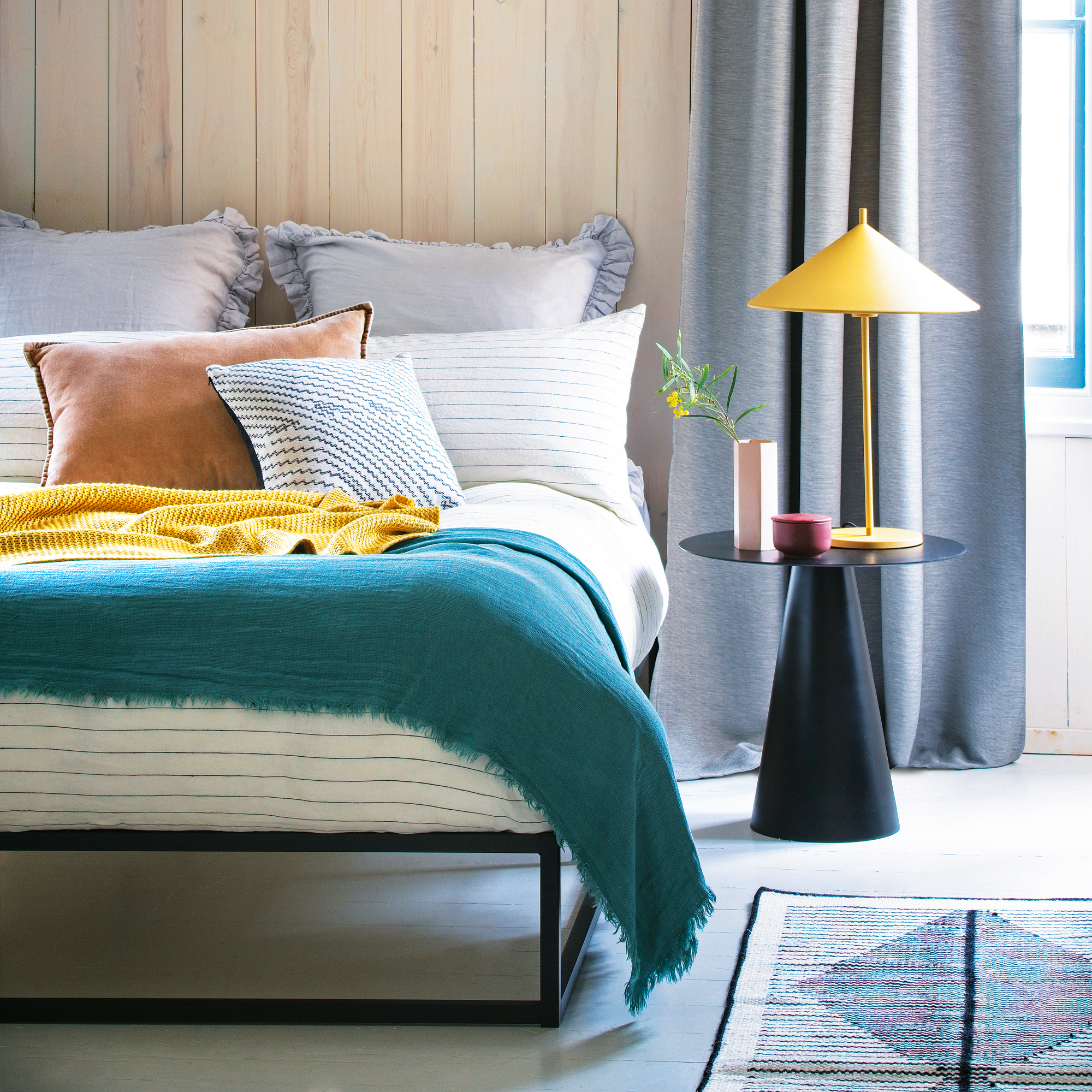
‘If a ‘value’ mattress topper caters to your desires, decent support and comfort, specific sleeping needs, durability and within your budget, then it is certainly a good buy,’ says Paul. ‘However, if it’s not satisfying your sleep criteria, then it may well have a negative impact on your sleep. For example, if you have allergies and your topper is not hypoallergenic, then it may exacerbate these. If you are looking for cooling properties and your topper is made from a material that retains heat, this will also have negative effects.’
‘A value mattress topper can be the ideal choice if you need a quick solution to a mattress you no longer feel is up to the job,’ agrees Emma Beck. ‘Be mindful though these types of toppers will lack the support and comfort you are searching for to rejuvenate your mattress and soon you will be looking for a replacement as the longevity will be limited. If you are on a tight budget value toppers can alleviate issues, but only temporarily.’
Is a cheap mattress topper better than no topper at all?
Our Dreams and Bensons mattress experts generally think so. ‘If a cheap mattress topper positively contributes in any way to the lifespan of the mattress, your comfort, support or sleep quality, then I’d always recommend it over no topper at all!’ says Paul.
A mattress topper can also be a good DIY dorm room update. ‘If you’re sleeping in a dorm or a rental, where it just isn’t practical to get a new mattress, you might get a lot of use out of a topper,' agrees Emma. 'Plus in a time when buying a new mattress may not be a priority and you have a small budget, a mattress topper is a great option to improve the comfort of an older mattress.'
But a poor topper, value or not, could have a negative impact. 'Since back sleepers have unique needs, a topper can either help or even harm their backs further,' says Emma. 'For such sleepers, it is more important to have the correct firmness in the mattress.'
It really all comes down to whether a budget mattress topper does enough to positively improve your sleep in the timeframe you need it to. If you're looking at a budget mattress topper as a long-term solution, you may be better off putting your money towards saving for a new mattress.
So, is an expensive mattress topper ultimately worth it?
In this writer’s own experience, I’ve tended to find that while budget mattress toppers can make a difference to the comfort of my bed in the first weeks of use, they tend to flatten quickly, especially when made of synthetic materials like hollow fibre. I’ve also tried more expensive memory foam mattress toppers, but have tended to sleep quite ‘hot’ with them.
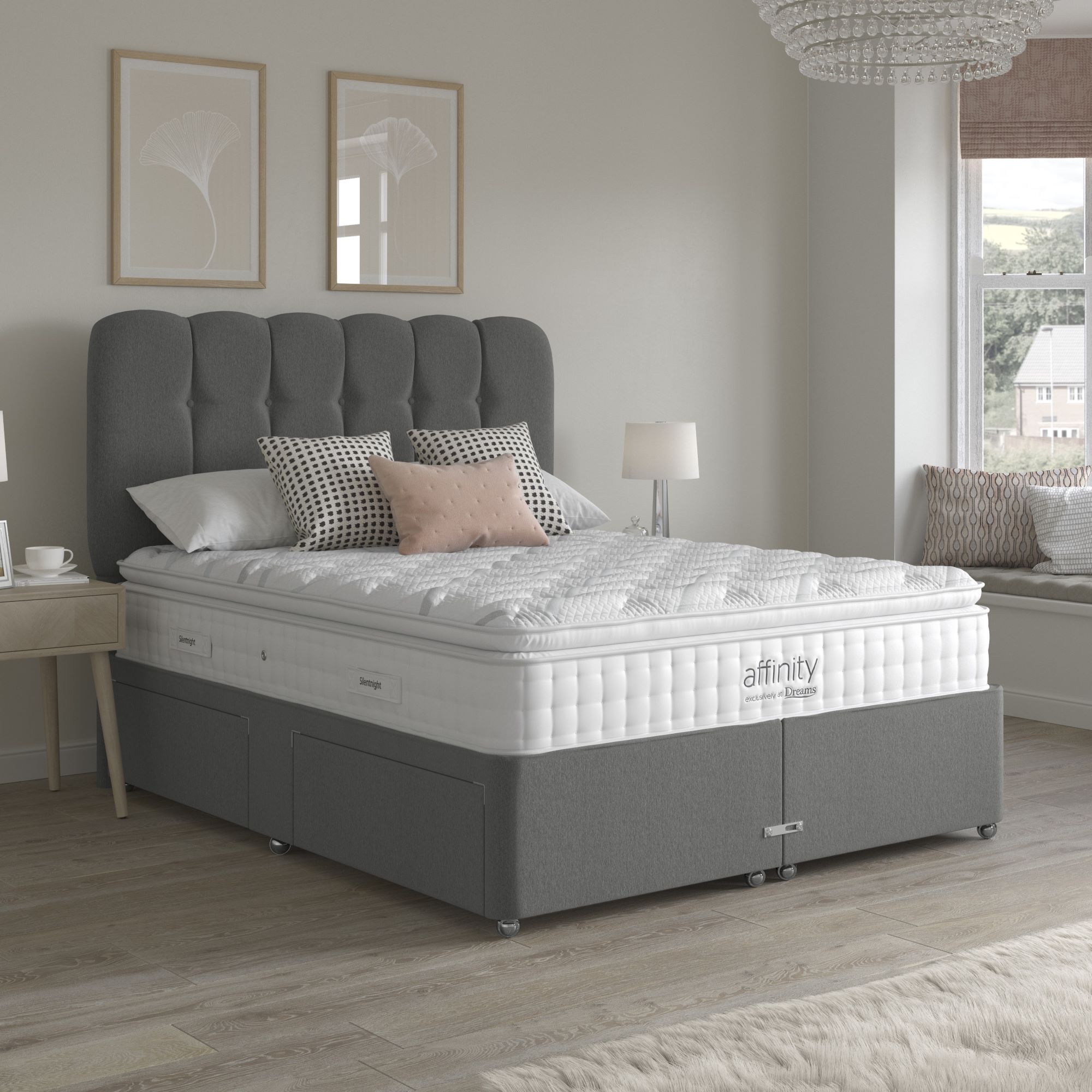
If you are going to spend big, I’d look to a hybrid topper that’s most likely to add some extra support. But my personal choice would be a mid-price topper made with wool or down. I find these mattress toppers give me the level of medium comfort and support I prefer – and over years rather than weeks or months – while simultaneously prolonging the life of my mattress. I also like the fact these natural materials are recyclable, and therefore shouldn’t end up in landfill.
The ultimate takeaway here is that a mattress topper is a personal choice, and what you spend will be directly correlated to the materials that best suit and support your body.
‘If an expensive mattress topper prolongs the life of your mattress and noticeably increases your sleep quality and comfort, then it may well be worth the investment,’ says Paul at Dreams. ‘Another way to think about it is, in the time that you had one higher value mattress topper, you might have had to replace your lower value topper two or three times over.’
Ideal Home's top-rated mattress toppers
This mattress topper is our top all-rounder featuring a memory foam top layer, and plenty of breathability. It also has a 200-night sleep trial for you to test it out properly.
This is our favourite memory foam mattress topper that we tested out. It is breathable and great for adding cushioning.
If you're a hot sleeper this wool mattress top could be worth the extra investmentment. It is temperature regulating and moisture wicking and received high praise from our hot sleeping reviewer.







